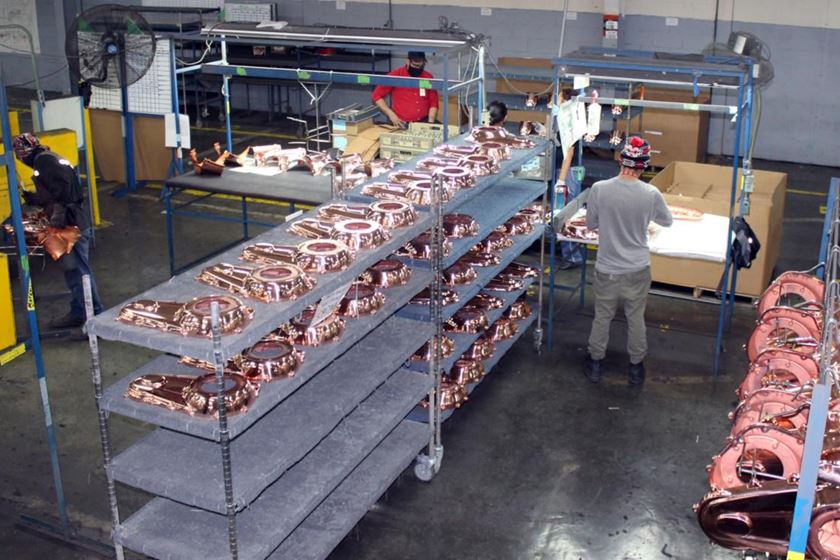Finish Brightness
Finished lots of parts ostensibly with the same plated finish “look” very different each time they are received. Is there a more trustworthy process to determine the brightness of the finished part?
Q. Our company seems to be in constant discussion with a number of our plating vendors regarding the brightness of the finished plated parts. Finished lots of parts ostensibly with the same plated finish “look” very different each time they are received. Our vendors have samples of acceptable finishes, but we still receive parts that are not acceptable to us. Is there a more trustworthy process to determine the brightness of the finished part? H.H.
A. The problem you have with consistency between batches of finished parts is as old as the metal finishing industry itself. Your plating vendor says the parts meet the specs and have the appropriate brightness, and you say the parts are not acceptable. Typically, the finished part is placed next to a sample part, and if the finished part appears similar to that of the sample, the brightness is considered acceptable. The problem with this approach is that apparent brightness of the finish can be affected by the amount of available light and the orientation of the part, as well as the individual doing the comparison.
There is a better way of doing this using a reflectometer, a measurement method that has been available for a number of years. The reflectometer is standardized each day using a special sample supplied with the instrument. It measures the reflectance of a plated part, and if the value shown meets the agreed-upon value, the part passes. If the reflectance measurement is below the agreed-upon value, the batch fails.
You can find more information on PFonline.com using the term “brightness measurements.”
RELATED CONTENT
-
Stripping of Plated Finishes
The processes, chemicals and equipment, plus control and troubleshooting.
-
Aluminum Anodizing
Types of anodizing, processes, equipment selection and tank construction.
-
Copper Plating on Aluminum and Aluminum Alloys
How can I plate copper on aluminum?
















